Publishing Director: Sarah Lavelle
Editor: Harriet Webster
Series Designer: Gemma Hayden
Designer: Maeve Bargman
Food Stylist and Recipe Writer: Pip Spence
Photographer: Faith Mason
Prop Stylist: Alexander Breeze
Production Controller: Sinead Hering
Production Director: Vincent Smith Published in 2019 by Quadrille, an imprint of Hardie Grant Publishing Quadrille 5254 Southwark Street London SE1 1UN quadrille.com All rights reserved. No part of this publication may be reproduced, stored in a retrieval system or transmitted in any form or by any means, electronic, mechanical, photocopying, recording or otherwise, without the prior written permission of the publishers and copyright holders. The moral rights of the author have been asserted. Cataloguing in Publication Data: a catalogue record for this book is available from the British Library. Text, design and photography Quadrille 2019 eISBN 978 178713 382 2
All temperatures given are for fan ovens CONTENTS

POSH TARTS

If someone were to ask me, Would you like a slice of this tart Ive made? as well as saying, YES please! I would acknowledge that theyve probably gone to a bit of effort to produce this crumbly-pastried, custard-filled, chocolate-studded, tender-fruit-filled, icing-sugar-dusted creation before Ive even seen what theyve actually baked. Thats the thing about making a good tart: however simple or complicated, it does take a degree of skill.
When thinking about tarts my mind tends to wander to ptisseries in France, from Parisian pastry boutiques full of precision placing and colourful mirror glazes (customers salivating, pastry forks at the ready!), to the rural bakers championing local fruits, nuts and every other regional ingredient available to produce seasonal wonders that would look at home on any country kitchen table. Wherever they are made, all such pastries involve skill and a bit of patience. Some can be patched up if they go wrong and thats part of the rustic charm whereas other more intricate recipes need full concentration and a bit of practice to master. While France may be world-renowned for its pastries, in this book well include tarts from all over the world. As well as the obvious sweet treats, were also covering savoury dishes including quiches, free-form galettes and upside-down onion and butternut squash creations. Every style and occasion is covered: breakfast and brunch, canaps and starters, midweek meals, dinner party showstoppers and simple to more complex desserts.
Some recipes are suitable for gluten-free, lactose-free and vegan diets, or can be easily adapted. 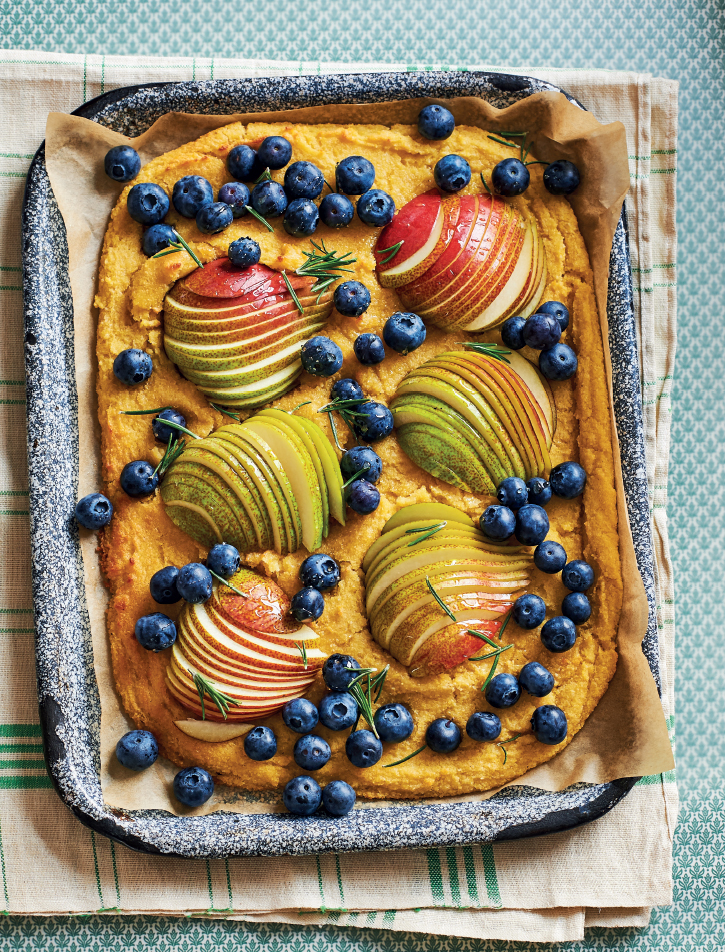 POSH TARTS
POSH TARTS  TYPES OF PASTRY We cant discuss tarts and not look at pastry. Here are a few of the basics Shortcrust pastry and sweet shortcrust pastry (or pte sucre) are standard terms but these pastries come in many different forms. The type of fat, flour, flavour, sugar, nuts, eggs and milk used can change the texture, mouthfeel and flavour and can be adapted to complement your chosen filling. Shortcrust takes its name from its texture short refers to the crumbly nature of the pastry due to its fat content (half fat to flour). Puff pastry (shop-bought in this books case) adds buttery, flaky layers and is the perfect carrier for many sweet and savoury fillings, from apples to crayfish! Filo pastry is so versatile and its crunchy texture and ease of handling makes it the go-to for quicker bakes. Puff pastry (shop-bought in this books case) adds buttery, flaky layers and is the perfect carrier for many sweet and savoury fillings, from apples to crayfish! Filo pastry is so versatile and its crunchy texture and ease of handling makes it the go-to for quicker bakes.
TYPES OF PASTRY We cant discuss tarts and not look at pastry. Here are a few of the basics Shortcrust pastry and sweet shortcrust pastry (or pte sucre) are standard terms but these pastries come in many different forms. The type of fat, flour, flavour, sugar, nuts, eggs and milk used can change the texture, mouthfeel and flavour and can be adapted to complement your chosen filling. Shortcrust takes its name from its texture short refers to the crumbly nature of the pastry due to its fat content (half fat to flour). Puff pastry (shop-bought in this books case) adds buttery, flaky layers and is the perfect carrier for many sweet and savoury fillings, from apples to crayfish! Filo pastry is so versatile and its crunchy texture and ease of handling makes it the go-to for quicker bakes. Puff pastry (shop-bought in this books case) adds buttery, flaky layers and is the perfect carrier for many sweet and savoury fillings, from apples to crayfish! Filo pastry is so versatile and its crunchy texture and ease of handling makes it the go-to for quicker bakes.
To save even more time, you can also use shop-bought, pre-baked or pre-made chilled pastry cases. They vary in quality, but some are very good and are useful to have in the cupboard just in case you receive unexpected visitors. In some cases, you dont even need to use pastry at all for tarts or similar dishes. You can use blitzed-up biscuit crumb, baked granola crust, polenta, Parma ham, bread dough and bread slices to line a tart case, and can even bake a quiche without a base. HINTS & TIPS Celsius temperatures (C) are given for fan ovens. means pre-cooking the pastry case before adding the filling.
This prevents the pastry from either rising or going soggy, both of which would ruin all your efforts. As youll see in the book, its not just shortcrust pastry that benefits from a pre-bake. Tips for making and using shortcrust pastry When making all types of pastry its really important not to overwork it as this will result in a tough bake. When making shortcrust pastry, rub the butter into the flour using your fingertips to make some large fingernail-size pieces as well as smaller crumbs (as learnt from world-renowned baker Richard Bertinet). Ive found using a free-standing bowl mixer with the whisk attachment at this stage stops the mixture from warming up. If you dont have a freestanding mixer, then just make sure your hands are cold as you prepare the pastry run them under cold water every so often if you feel the mix is becoming too sticky.
Dont add too much liquid to your shortcrust mix. One egg yolk and 12 tablespoons of ice-cold water is often enough. Too much liquid results in tough pastry that will shrink, and youll often find yourself adding extra flour which upsets the whole recipe. Once youve rubbed the butter into the flour and added any liquid, use a dinner knife to mix everything to a rough dough, then use your hands to bring the mixture together and pat it into a disc. This will make rolling out much easier. Roll your shortcrust pastry out between two sheets of greaseproof paper.
This stops you over-flouring and drying out the pastry. It also makes it much easier to move the pastry around and so achieve an even roll. Use a wooden spoon handle to push the pastry into the indents of fluted tins. This stops the pastry warming up and helps it keep its shape. Keep the pastry chilled until you are ready to use it; if your pastry is getting soft just pop it back in the fridge for 10 minutes or so. Dont be tempted to skip the chilling time.
When placing the rolled-out pastry in the tart tin make sure it overhangs the edges. Once blind baked, use a Swiss peeler to trim and tidy up the edges. Tips for using filo pastry When using filo pastry its important not to let it dry out before youve baked it. It will go brittle and crack. As you work layering up your filo pastry, make sure you brush it well with melted butter or oil, and keep a clean damp tea towel over the remaining pastry to prevent it from drying out. If you have any raw filo pastry left, roll it up and wrap well in clingfilm (plastic wrap) before storing in the fridge to prevent further drying.
Filo pastry blind bakes really well the pre-baking helps keep that delicious crisp filo texture throughout. When blind baking it doesnt need as long in the oven as shortcrust. Filo tarts are best eaten pretty much straight from the oven in my opinion, but you can reheat your tart the following day in a hot oven. Tips for using puff pastry Like shortcrust, puff pastry doesnt respond well to over-working with lots of rolling. Again use the sheets of greaseproof paper trick to roll out puff pastry and make sure the pastry is well chilled before you start. You can make life even easier for yourself by buying a sheet or round of ready-rolled sheet puff pastry perfect for a quick midweek dinner or tarte tatin.

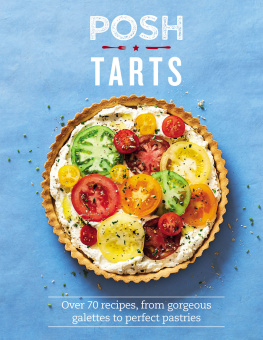
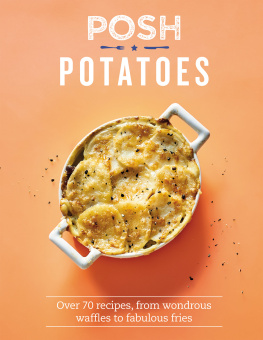
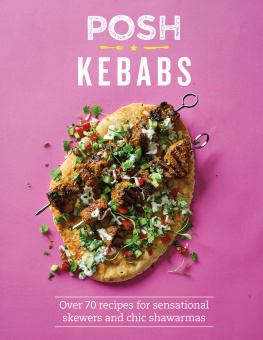
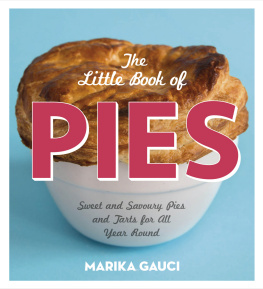

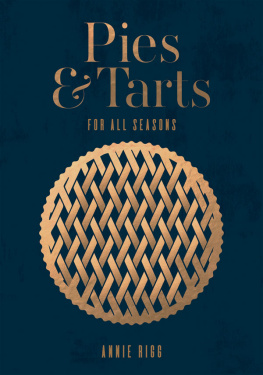

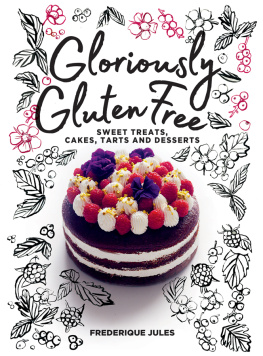
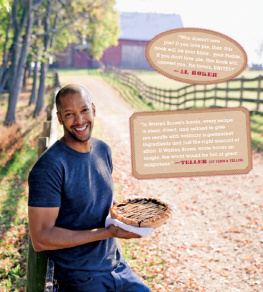


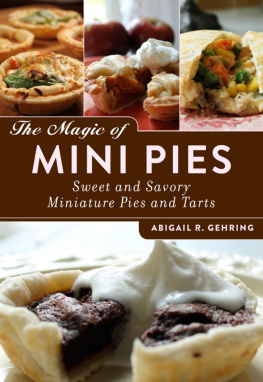
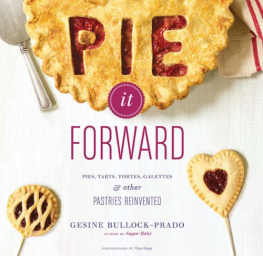

 POSH TARTS
POSH TARTS  If someone were to ask me, Would you like a slice of this tart Ive made? as well as saying, YES please! I would acknowledge that theyve probably gone to a bit of effort to produce this crumbly-pastried, custard-filled, chocolate-studded, tender-fruit-filled, icing-sugar-dusted creation before Ive even seen what theyve actually baked. Thats the thing about making a good tart: however simple or complicated, it does take a degree of skill.
If someone were to ask me, Would you like a slice of this tart Ive made? as well as saying, YES please! I would acknowledge that theyve probably gone to a bit of effort to produce this crumbly-pastried, custard-filled, chocolate-studded, tender-fruit-filled, icing-sugar-dusted creation before Ive even seen what theyve actually baked. Thats the thing about making a good tart: however simple or complicated, it does take a degree of skill.  POSH TARTS
POSH TARTS  TYPES OF PASTRY We cant discuss tarts and not look at pastry. Here are a few of the basics Shortcrust pastry and sweet shortcrust pastry (or pte sucre) are standard terms but these pastries come in many different forms. The type of fat, flour, flavour, sugar, nuts, eggs and milk used can change the texture, mouthfeel and flavour and can be adapted to complement your chosen filling. Shortcrust takes its name from its texture short refers to the crumbly nature of the pastry due to its fat content (half fat to flour). Puff pastry (shop-bought in this books case) adds buttery, flaky layers and is the perfect carrier for many sweet and savoury fillings, from apples to crayfish! Filo pastry is so versatile and its crunchy texture and ease of handling makes it the go-to for quicker bakes. Puff pastry (shop-bought in this books case) adds buttery, flaky layers and is the perfect carrier for many sweet and savoury fillings, from apples to crayfish! Filo pastry is so versatile and its crunchy texture and ease of handling makes it the go-to for quicker bakes.
TYPES OF PASTRY We cant discuss tarts and not look at pastry. Here are a few of the basics Shortcrust pastry and sweet shortcrust pastry (or pte sucre) are standard terms but these pastries come in many different forms. The type of fat, flour, flavour, sugar, nuts, eggs and milk used can change the texture, mouthfeel and flavour and can be adapted to complement your chosen filling. Shortcrust takes its name from its texture short refers to the crumbly nature of the pastry due to its fat content (half fat to flour). Puff pastry (shop-bought in this books case) adds buttery, flaky layers and is the perfect carrier for many sweet and savoury fillings, from apples to crayfish! Filo pastry is so versatile and its crunchy texture and ease of handling makes it the go-to for quicker bakes. Puff pastry (shop-bought in this books case) adds buttery, flaky layers and is the perfect carrier for many sweet and savoury fillings, from apples to crayfish! Filo pastry is so versatile and its crunchy texture and ease of handling makes it the go-to for quicker bakes.